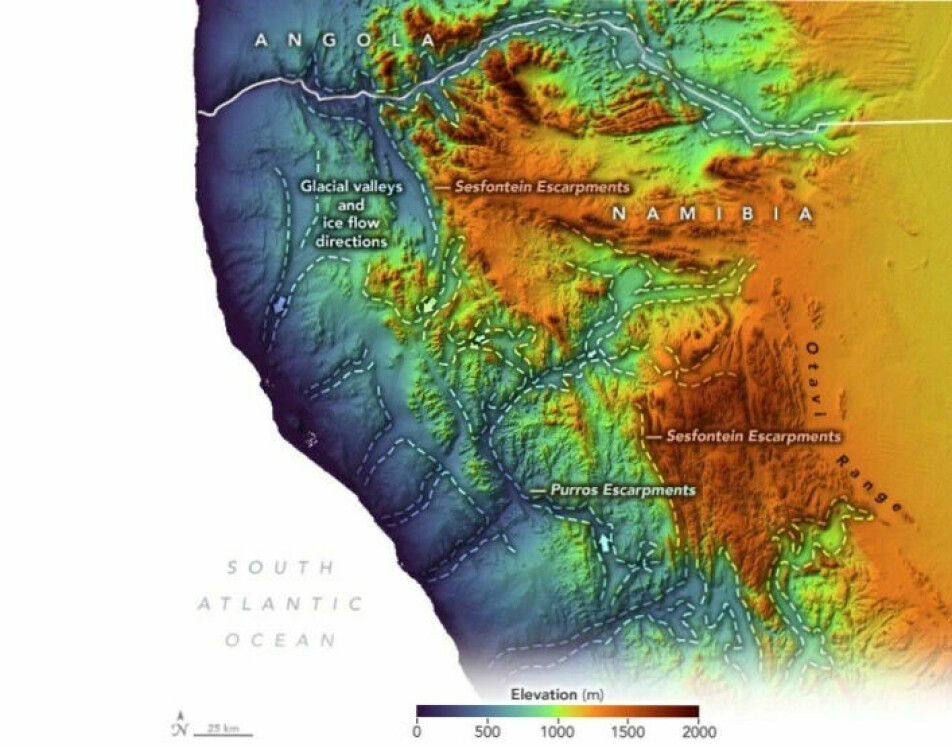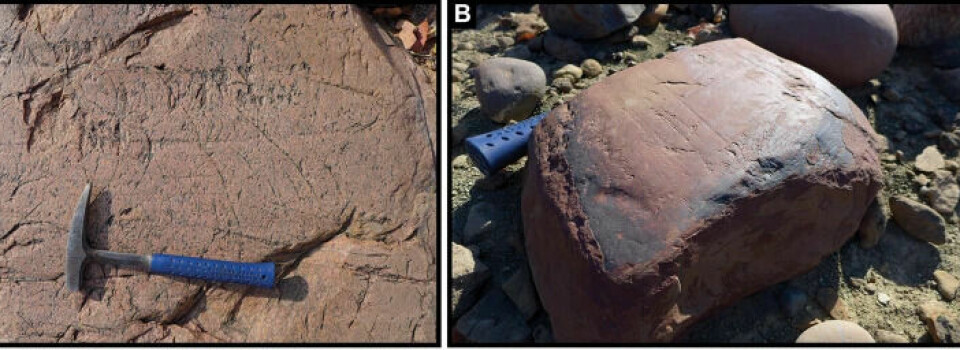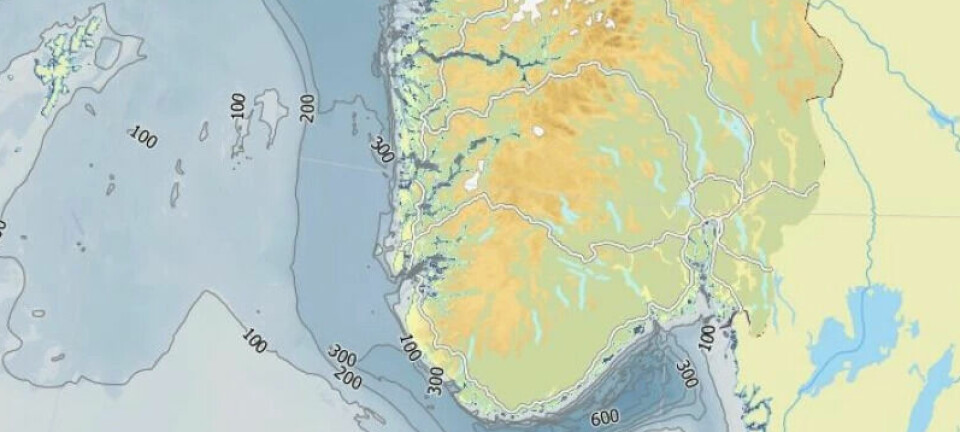
Norwegian fjords gave researchers the idea of how a desert landscape in Namibia came to be
The desert in southern Africa is actually a fjord landscape created by glaciers, researchers suggest.
Not only does the desert landscape have the same characteristic U-shape as many Norwegian valleys and fjords, but researchers also found roche moutonnées (rocky formations) and glacial striation in the rock.
Both parts must quite obviously have been made by a glacier.
The researchers also discovered typical moraines formed by the ice, as well as the characteristic huge rocks that glaciers have dumped everywhere in Norway.
Something very special
But there is something very special about this landscape in Namibia.
It was not, like the glacial landscapes in Norway, created a few tens of thousands or a couple of hundred thousand years ago.
It is 300 million years old.
How on earth have the glacial striations and roche moutonnées, the valleys and mountains, survived all these years in Namibia? They would hardly have done so elsewhere in the world.
The researchers have a theory.
The present day’s fjord landscape
Fjords in Norway and Greenland provided the researchers with an idea of what northwestern Namibia looked like a couple of hundred million years ago, the NASA Earth Observatory reports in a press release.
“It was the knowledge of the modern fjord systems that allowed us to interpret the Namibian valleys as paleofjords,” researcher Pierre Dietrich at the University of Rennes in France says in the press release.
For those familiar with Norwegian fjord landscapes, it is perhaps not so difficult to imagine that glaciers once upon a time may have shaped the landscape you see in the picture at the top of the article.
And this then, is the idea behind the study which was published in the journal Geology.

Remarkably well preserved
The valleys and fjords were formed whilst Namibia was part of the supercontinent Gondwanaland around 300 million years ago, during a cold ice age period in Earth's ancient history. At the time, Namibia was probably quite close to the South Pole.
The researchers are amazed at how well preserved these fjords are after around 300 million years, the NASA Earth Observatory writes.
Many geologists would probably have thought that erosion, post-glacial rebound and other geological forces would have caused Namibia's mountains and glacial landscapes to disappear a long time ago. Geologists have believed that it takes 100 million years for mountains to disappear.
A "fossil glacial landscape"
The researchers call what they found a "fossil glacial landscape".
In other words, a landscape that has been preserved almost like a fossil.
“The striae looked so fresh and pristine in Namibia that we first thought we had discovered traces of recent glaciers,” Dietrich says.

One theory the researchers have as to why this ancient landscape has been so well preserved is that increasingly thicker layers of sediments built up in the fjords and preserved the landscape after the water disappeared. Outside Norway, the North Sea is full of such sediments.
The sediments may have effectively wrapped the ancient landscape up and ensured its preservation.
Will Norway become like Namibia?
When these sediments disappeared not too long ago, the 300-million-year-old fjord landscape reappeared with U-valleys, moraines and roche moutonnées from long before the age of dinosaurs.
The researchers are now asking themselves whether today's fjord landscapes in Norway can one day look like present day Namibia. Generally, geologists have thought that landscapes like present day Norway disappear quite quickly, in the geological sense.
“What will happen to the fjords of Greenland and Norway in a distant future?” the French researcher wonders.
———
Translated by Alette Bjordal Gjellesvik.
Read the Norwegian version of this article on forskning.no
Reference:
Dietrich et al. Fjord network in Namibia: A snapshot into the dynamics of the late Paleozoic glaciation, Geology, 2021. DOI: 10.1130/G49067.1

































